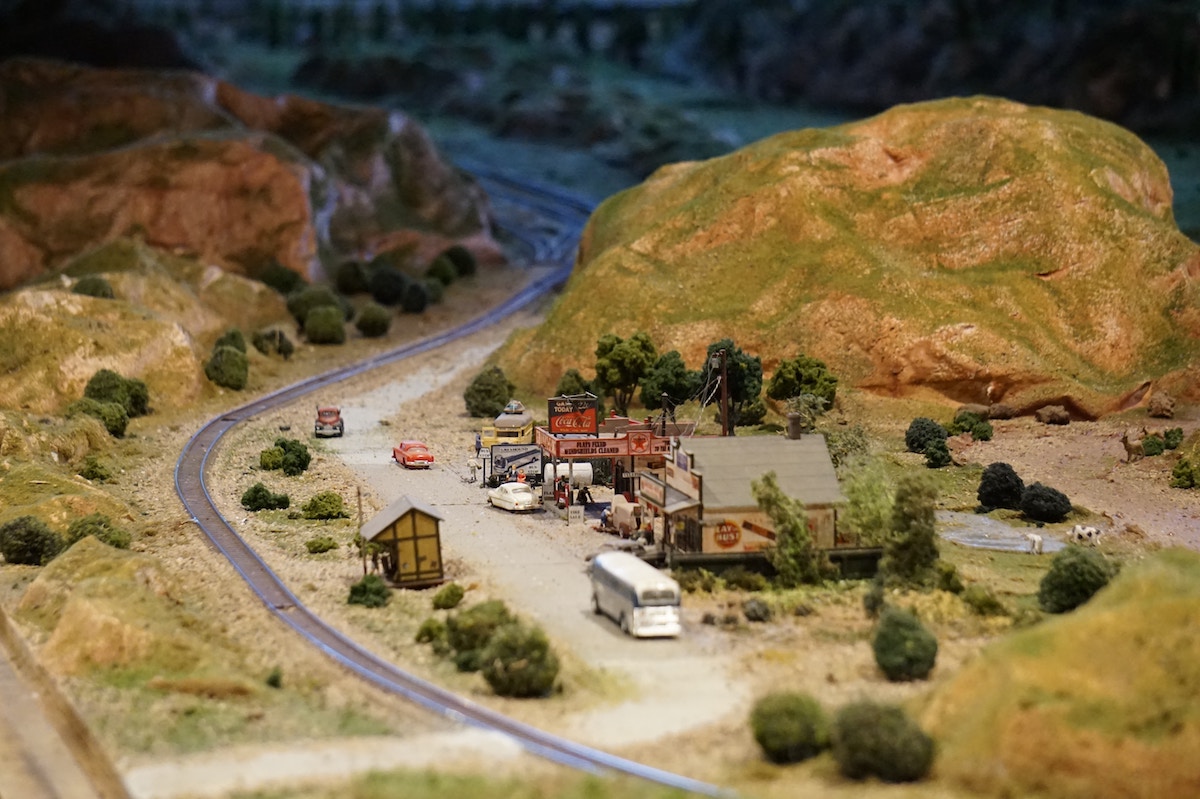-
Research brief: Higher streamflow variability than rainfall creates challenges for hydrologic variability framework.

New research shows, contrary to expectation, the inter-annual variance in evapotranspiration is much smaller than for precipitation, runoff and soil storage. Accounting for hydrologic covariances explains why it is possible for variability in the principal sink (e.g., streamflow) to exceed variability in the source (precipitation).
-
Explainer: Focus on drought-breaking rain helps us understand Australian droughts

In this study of drought and rainfall over the Murray Darling Basin, CLEX authors find that the length of time between La Niñas and negative-IODs is an important indicator of the likelihood of drought for this region.
-
Research brief: New model shows how air conditioners will change energy demand with climate change

This work describes a new cross-scale modelling framework for urban environments and applies it to calculate how electricity and gas demand will change under future climate change and air conditioner (AC) ownership scenarios.
-
Research brief: Analysis of CABLE model in a WRF physics ensemble over Australia

CLEX researchers evaluated an updated version of CABLE climate model within a WRF physics ensemble over the CORDEX AustralAsia domain. Results were strongly dependent on the region of interest.
-
Research brief: Aridity index too simplistic for climate projections

CLEX researchers and colleagues found the Aridity Index was too simplistic to capture the many aspects that define landscape aridity, including the amount of rainfall, water resources and vegetation productivity, and is a poor indicator of future aridity changes.
-
Research brief: How to incorporate increased vapour pressure deficit into climate models

With projected increases in temperature in the future, the amount of water vapour that can be held at saturation – before it condenses into clouds, dew or water film – increases exponentially. As this deficit increases plants tend to close their stomata, which reduces water fluxes into the boundary layer. Do models currently capture the…
-
Research brief: Rescuing centuries-old meteorological measurements

This paper documents the efforts of the international weather data rescue initiative ACRE, the International Surface Temperature Initiative and researchers that took part in workshops held in Bern, Switzerland, in June 2018 to rescue and digitize meteorological measurements taken prior to 1850 from around the world.
-
2℃ of global warming would put pressure on Melbourne’s water supply

Melbourne’s existing water supplies may face pressure if global warming hits the 2℃ level. The effects of drying and warming in southern Australia are expected to reduce natural water supplies. If we overshoot 2℃ of warming, even the desalination plant might not provide enough drinking water to a growing population.
-
Research brief: Phosphorus poor soils halve Amazon’s ability to take up carbon dioxide

This study showed that phosphorus availability reduced the projected CO2-induced biomass carbon growth by about 50% over 15 years compared to estimates from carbon and carbon-nitrogen models.

